#137 Tamagawa Onsen (2/2)
How to enjoy Japan's highest acidic spring water and surrounding virgin forest.
It has been two weeks since my last newsletter to Free Subscribers. I will post the second half of my article on Tamagawa Onsen this week. In the previous post, I wrote about Tamagawa Onsen's position and the uniqueness of its springs, and this week, I would like to give you a comprehensive description of the facilities and information on the surrounding area.
Due to the uniqueness of its spring quality, Tamagawa Onsen's medical purpose is emphasized. This purpose is confirmed when it is considered a hot spring facility. It is no wonder that people from all over Japan come to this secluded hot spring deep in the mountains of Akita Prefecture. Now, I would like to share benefits for foreign travelers.
Access
Even though this hot spring is located in Akita Prefecture, a 30-minute drive brings you to the border with Iwate Prefecture. The surrounding area is volcanic, so many hot springs delight hidden hot spring enthusiasts, such as "Goshougake Onsen" and "Fukenoyu Hot Spring, "which are also famous as hot spring cures. Tamagawa Onsen is closed from late November to mid-April due to heavy snowfall. It will reopen on April 16 this year. First, let's take a look at access during the opening period.
Note: The New Tamagawa Onsen, adjacent to Tamagawa Onsen, is open during the winter season. Please note that access is limited to a local bus from Tazawako Station.
By Public Transportation
If you are coming from Tokyo or Sendai, take the Akita Shinkansen to Tazawako Station. A bus bound for Tamagawa Onsen (hot spring) will leave the station when the Shinkansen from Tokyo arrives. In high season, about six buses arrive there by evening. For example, if you take the Shinkansen leaving Tokyo Station after 10:00 a.m., you can transfer to a bus at Tazawako Station and arrive at Tamagawa Onsen before 3:00 p.m. The bullet train ride takes less than three hours, and the bus ride takes one hour and 20 minutes. The time required to get to Tamagawa Onsen is more than you would typically spend at a regular hot spring resort.
By Car
The straight-line distance from Tokyo to Tamagawa Onsen is about 500 km, which is close to the distance from Tokyo to Okayama in the west direction. I drove from Tokyo this time, but it took more than 12 hours because I had to rest even though I used the expressway.
The best option is to take the Shinkansen to Morioka and rent a car. From Morioka, it is a three-hour drive via Lake Tazawa. However, please be careful when driving, as there are narrow roads.
Facilities
Rooms
The facilities of Tamagawa Onsen are typical of hot springs deep in the mountains; they are barrier-free and wheelchair-accessible, although the flow line is complicated. However, the rooms are not very spacious, and some rooms with tatami mats are full when you lay out futon. Rates also vary depending on the type and size of the room, and I reserved a basic room for about 13,000 yen per night with two meals.
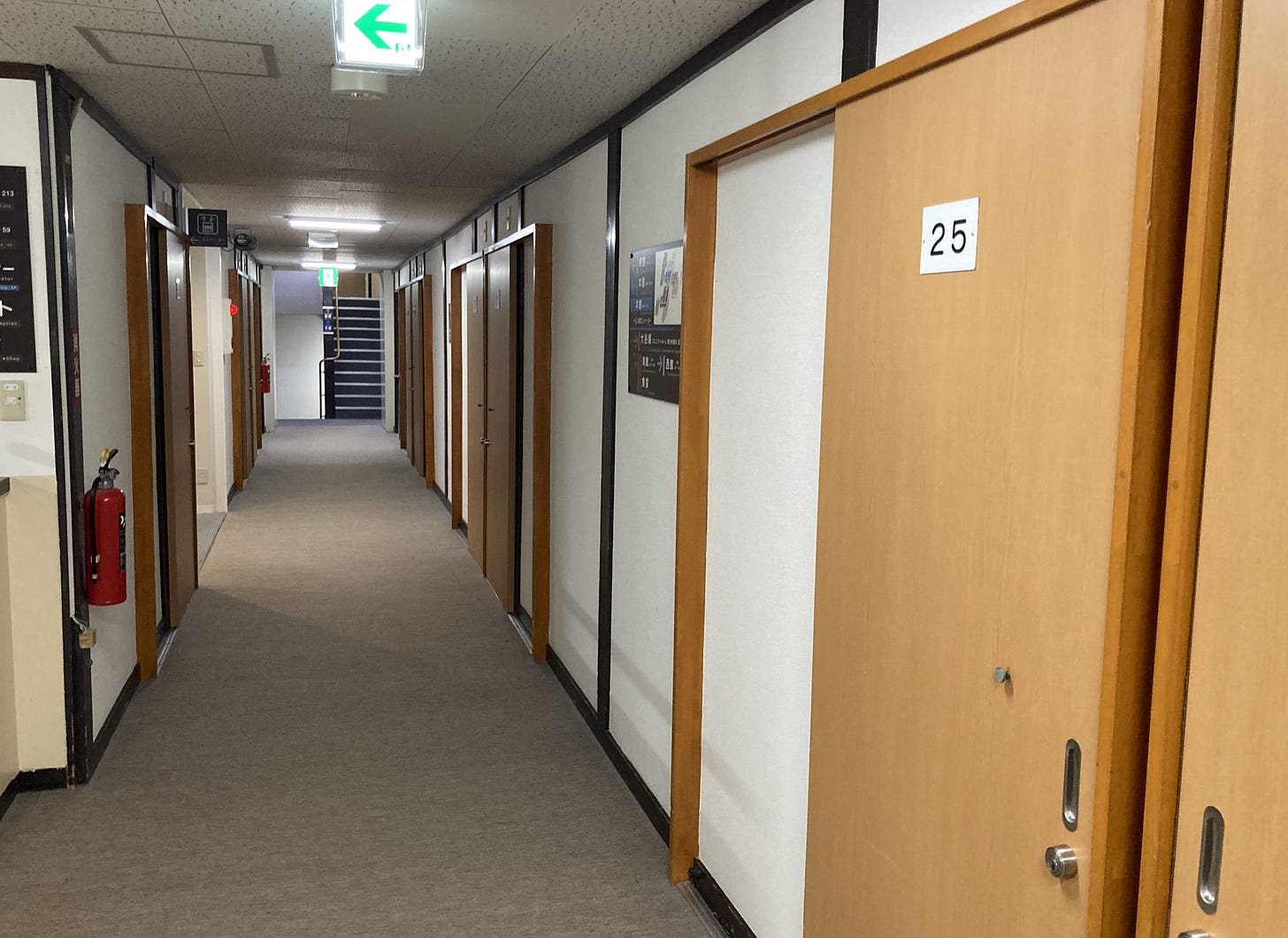
Reservation
You can book through various reservation sites, but if you use the reservation site on the official page, you will be redirected to an external site. It is not impossible to make a reservation by phone, but considering the cost of phone calls, it is unrealistic to do so overseas.
During your stay, you will move from one place to another: your room, the public bath, and the dining room. Lunch is usually not included in the price, so you must pay extra to have lunch in the facility's cafeteria or bring your food.
Baths
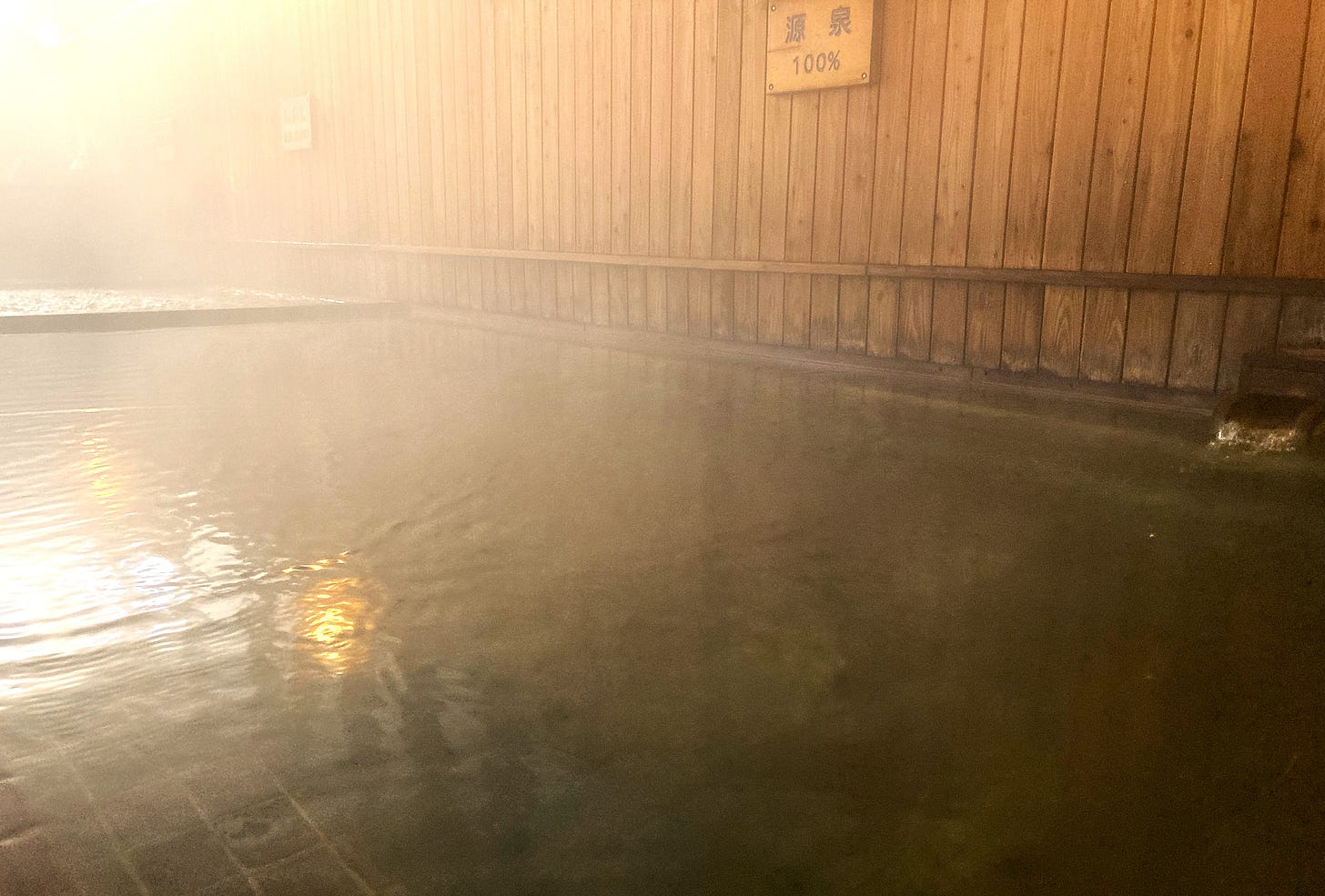
Unlike other hot springs, the most significant point of interest is that the baths here require some attention. First, I would like to point out that Tamagawa Onsen has no open-air baths. There are private baths, though reservations are required. The central bathhouse has 11 different types of baths, with different temperatures, spring qualities, and different ways of entering the baths. The baths are open from 3:00 a.m. to 24:00 p.m. Just because there are 11 different types of baths does not mean you can join them in any order you like. One thing to remember is that the spring water is highly acidic. If you have particularly delicate skin, please go from mildly acidic to 50% and to 100%. Also, because of the strong composition of the water, please bathe only up to three times a day. Please avoid taking a "box steam bath," in which only the face comes out of the wooden box, or a "steam bath," like a sauna, in which the floor is exposed to the high-temperature steam of the 100% source, for an extended period. The hot water has potent ingredients, so please check your body condition carefully.

Meals
Breakfast and dinner are served buffet style. Bread is available, but the meals are Japanese-style and use local ingredients. Those who have a problem with non-Western food may have difficulty. On the other hand, those accustomed to Japanese food will likely find the variety of meals satisfying. Among them, "Kiritanpo Nabe," a local Akita dish, is served every night, and the overall menu is substantial in quality and quantity.
Kiritanpo Nabe
Kiritanpo nabe is a one-pot dish of ground-cooked rice and vegetables in a broth made from chicken stock and seasonings in Akita Prefecture. It is said to have originated in the Odate and Kazuno regions, where people who were hold up in the mountains for charcoal making and logging crushed leftover rice, stuck it on sticks, and roasted it to eat, which they put into a chicken nabe. It is said that the name "tanpo" came from "short ears" because the rice skewered and roasted resembles the ears of the Japanese cattail. Kiritanpo" is a 'tanpo' that has been 'cut' into pieces long enough to fit in a pot.
Self-catering
While the Ryokan building is for guests staying for a few days, there is a separate self-catering building for hot spring cures. This building is for those who bring their food to cook, and it has a large kitchen and a proper dining room. It is also worth mentioning that the building is adjacent to a large public bath. Cooking your food can significantly lower the cost per night. Although Japan is a hot spring country, not many hot springs in Japan have self-catering facilities for hot spring cures.
Surrounding Area Information
The first prerequisite for sightseeing in the Tamagawa Onsen area is to have a car. If you have a car, you can visit Lake Tazawa, Hachimantai, and other nearby scenic spots. However, for those who like hiking, "Akita Yakeyama" is behind Tamagawa Onsen. The Japan Meteorological Agency designates this mountain as a volcano for constant observation, and a plume of smoke rises from near the summit. I climbed the mountain on a fine day during my stay. It had snowed quite a bit sometime earlier, and the upper part of the mountain was covered with snow. It took only two hours to climb from Tamagawa Onsen (hot spring), but I decided not to go up because of the danger of slipping and falling just below the summit. If it were not for the snow, the mountain would be safe and not so difficult. However, I could see the peaks toward Yamagata after passing through the tree line. The leaves had already fallen, but I thought they would be magnificent in the autumn foliage season.
Finally
Although it would be challenging to drive the entire 500 kilometers in a straight line, if you combine the Shinkansen bullet train and a rental car, you can experience this unusual hot spring in three days and two nights. I went in early winter, after the autumn foliage season, but I still made reservations well in advance. The official page still had no reservations for late October 2025, which corresponds to the autumn foliage season, but I suspect they will fill up quickly in the spring. If you're considering visiting Tamagawa Onsen during the autumn foliage season, you can check the Internet occasionally to see if reservations are available.
From a foreigner's point of view, Tamagawa Onsen is more of an ultra-acidic hot spring experience than a therapeutic one. The outdoor rock baths with the steam rising from the rocks are also an irreplaceable experience. There are many hot springs in Japan, but none can make you feel the earth's pulse as much as this one. In this sense, it may be a good candidate for those who are repeat visitors to Japan and have time on their hands.
For an overview of Tamagawa Onsen, please refer to #135 from two weeks ago.

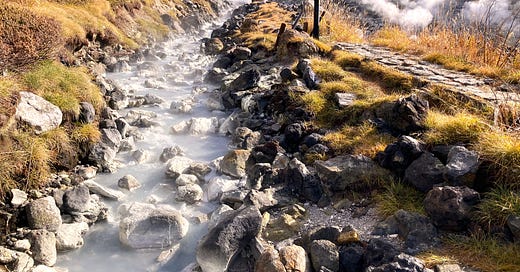





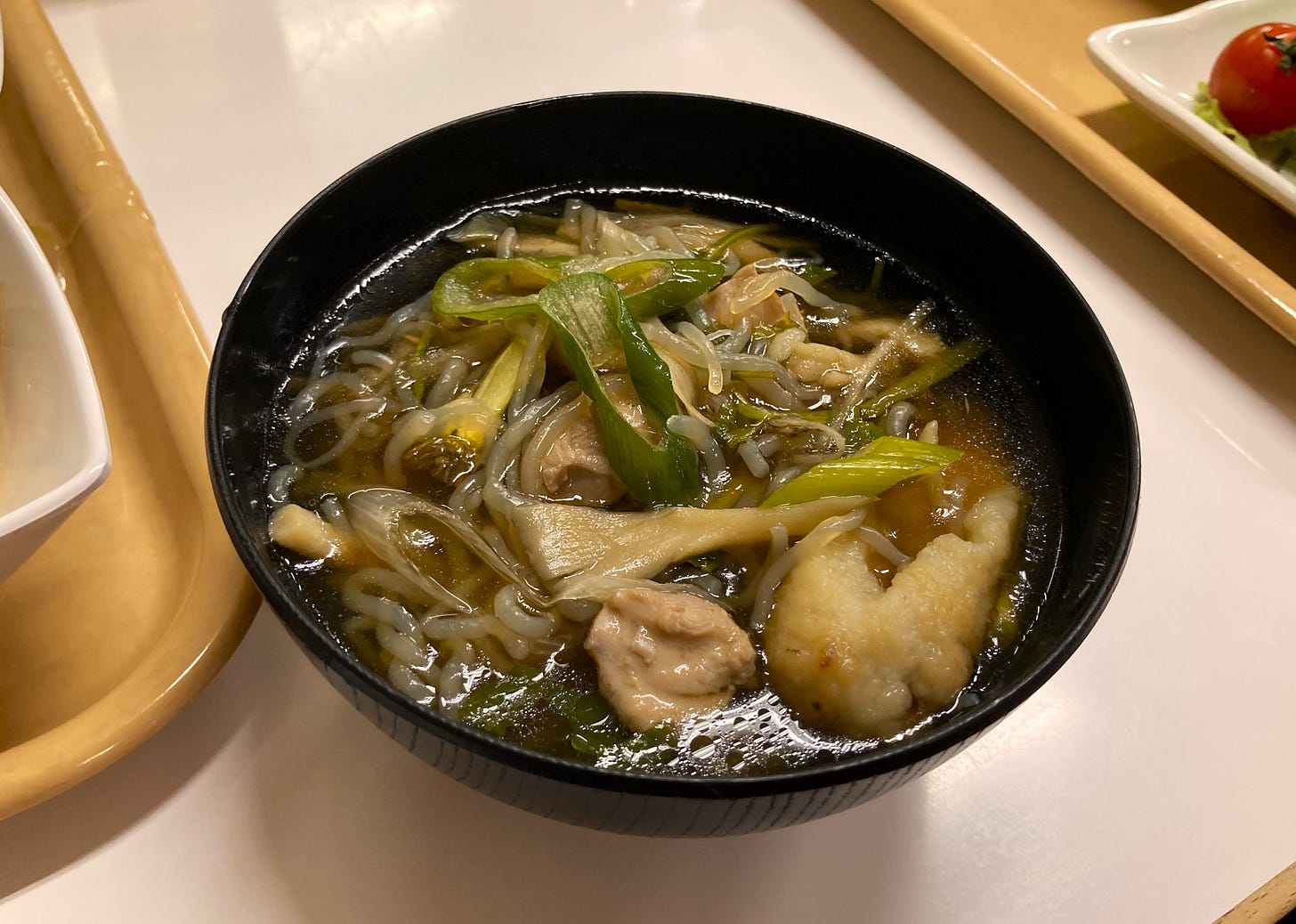

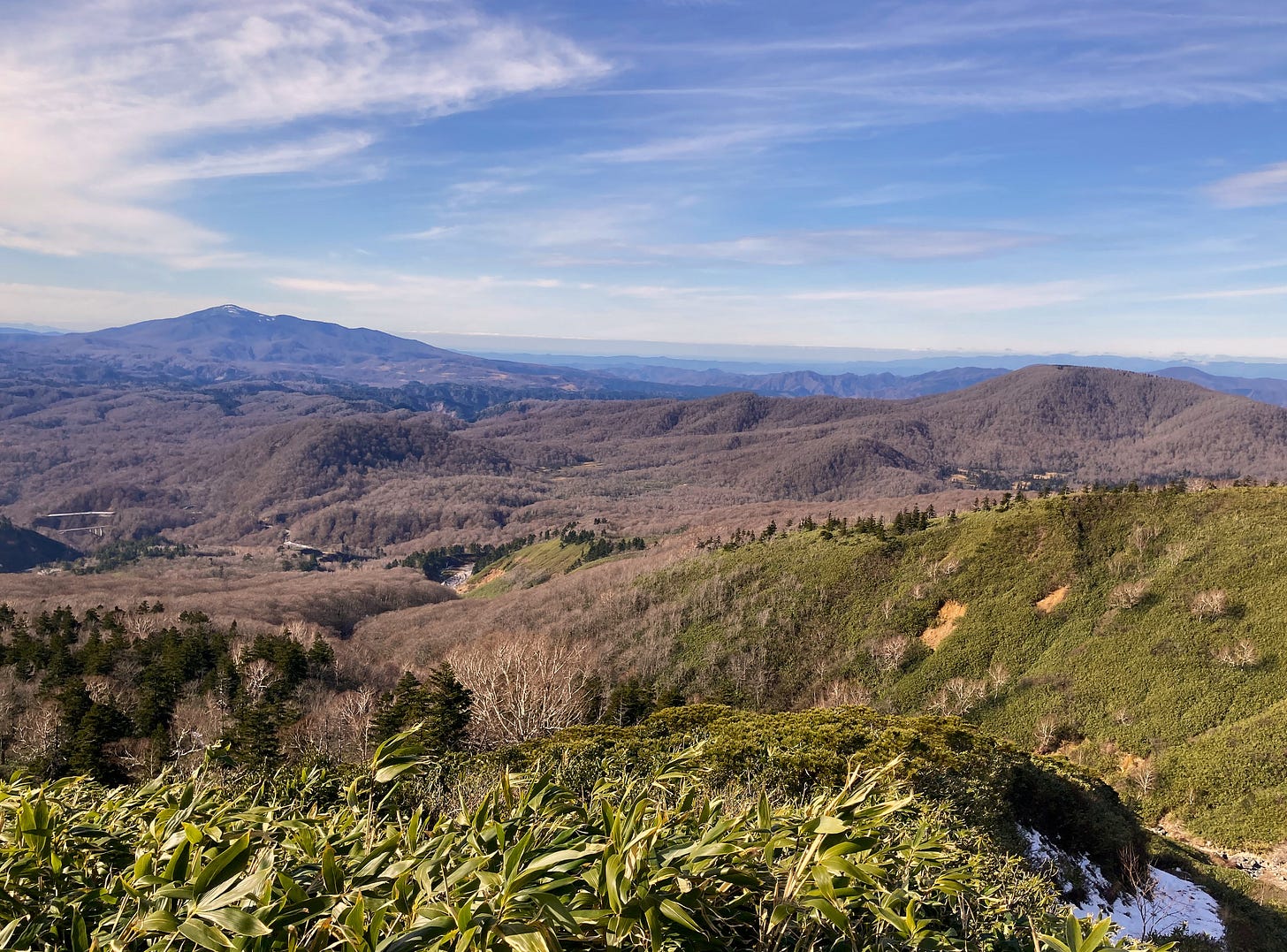
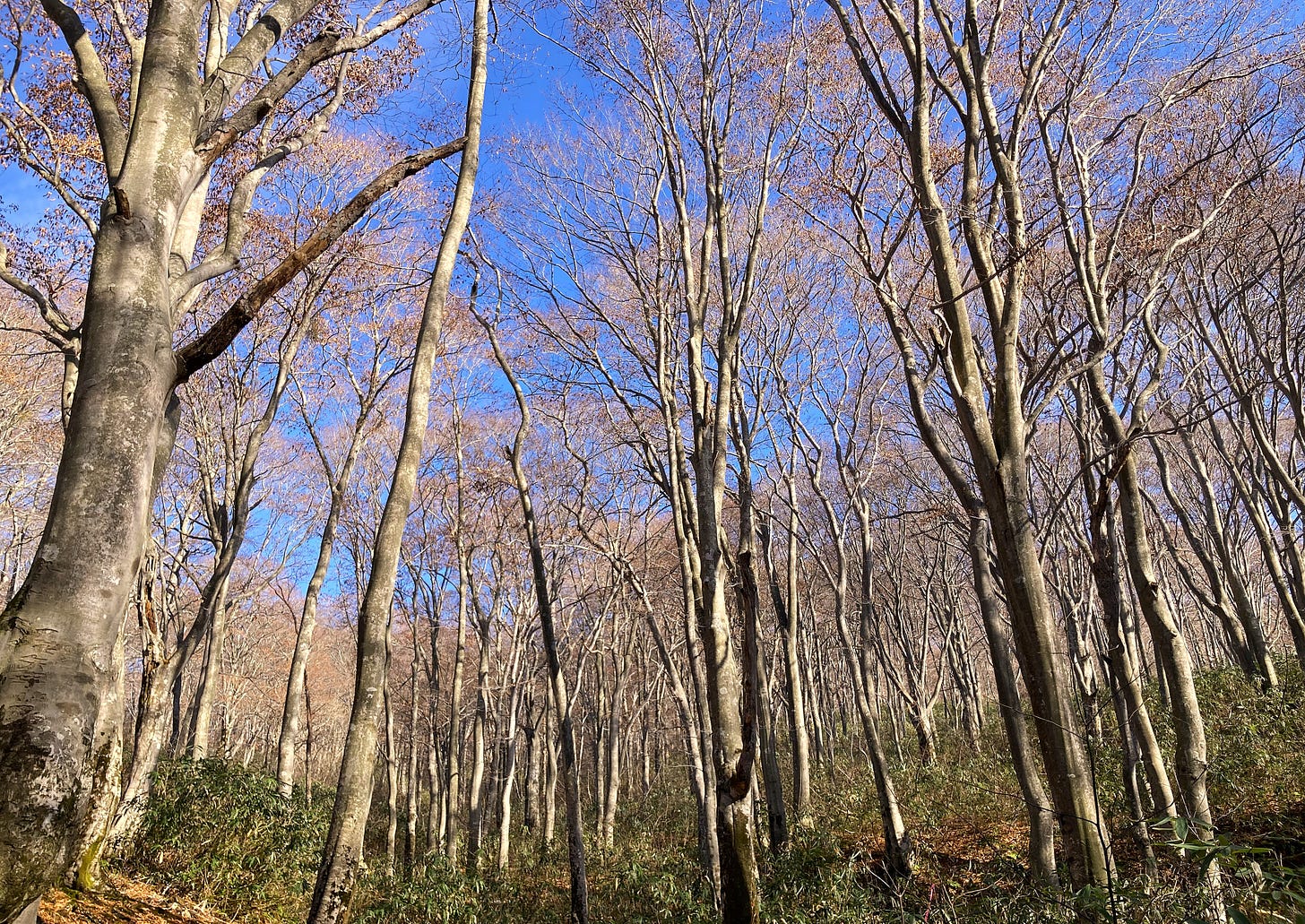

You may be amused to learn that at the other end (more or less) of Honshu there is another Tamagawa Onsen - written differently though (田万川温泉 as opposed to 玉川温泉). It's much smaller and less well known than the Akita one. I've never been to it, though I have cycled fairly close to it.